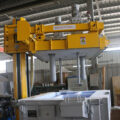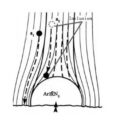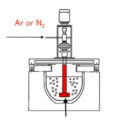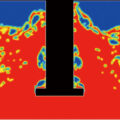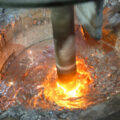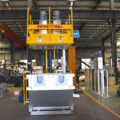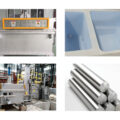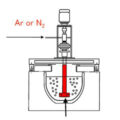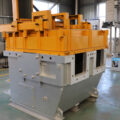The rotating rotor degassing method can give full play to the hydrogen removal advantages of the bubble floatation method. The key is that the liquid forms turbulent flow under the strong action of the rotor, and the bubbles are broken and uniformly dispersed under the action of the rotor and the turbulent flow.
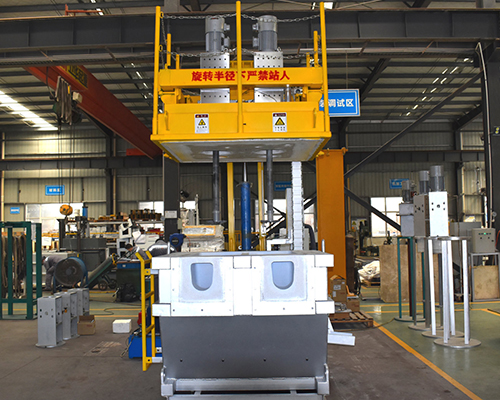
The rotating rotor is the most important factor in the purification process of the aluminum liquid. Our rotary rotor of degassing unit is made of SiN. Working life is 2-5 years. It performances well in corrosion resistance, heat shock resistance, oxidative resistance, abrasive resistance, mechanical strength. Shaft diameter 60mm, head diameter 200mm, which shall reduce resistance in stirring. Speed design 450-550 R/M will crush bubbles and disperse evenly into aluminum. It is cost-effective during long-time usage.
The rotating rotor degassing method can make the bubble diameter very small, so the bubble’s tumbling effect on the liquid surface becomes very small, so that the gas flow can be relatively increased. To achieve high degassing efficiency, a certain amount of gas flow is required. ensure. Air flow is usually the main factor influencing the degassing effect of bubble floatation. Under the same conditions, the increase of gas flow will increase the specific surface area of gas-liquid action.
Due to the stirring effect of the rotating rotor in the molten aluminum, the molten aluminum is in motion, which strengthens the renewal of the gas-liquid interface, which is beneficial to improve the mass transfer capacity of the molten aluminum.
Due to the non-straight upward movement of the bubbles in the molten aluminum, the residence time of the bubbles in the molten aluminum is relatively long, that is, the dehydrogenation time of the bubble action is increased, so that the dehydrogenation effect of the bubbles can be fully exerted.
The bubbles are uniformly distributed in the molten aluminum, which can reduce the diffusion distance of the hydrogen atoms in the molten aluminum to the bubbles, so that the diffusion process in the entire molten pool is strengthened, and the mass transfer conditions are effectively improved.




